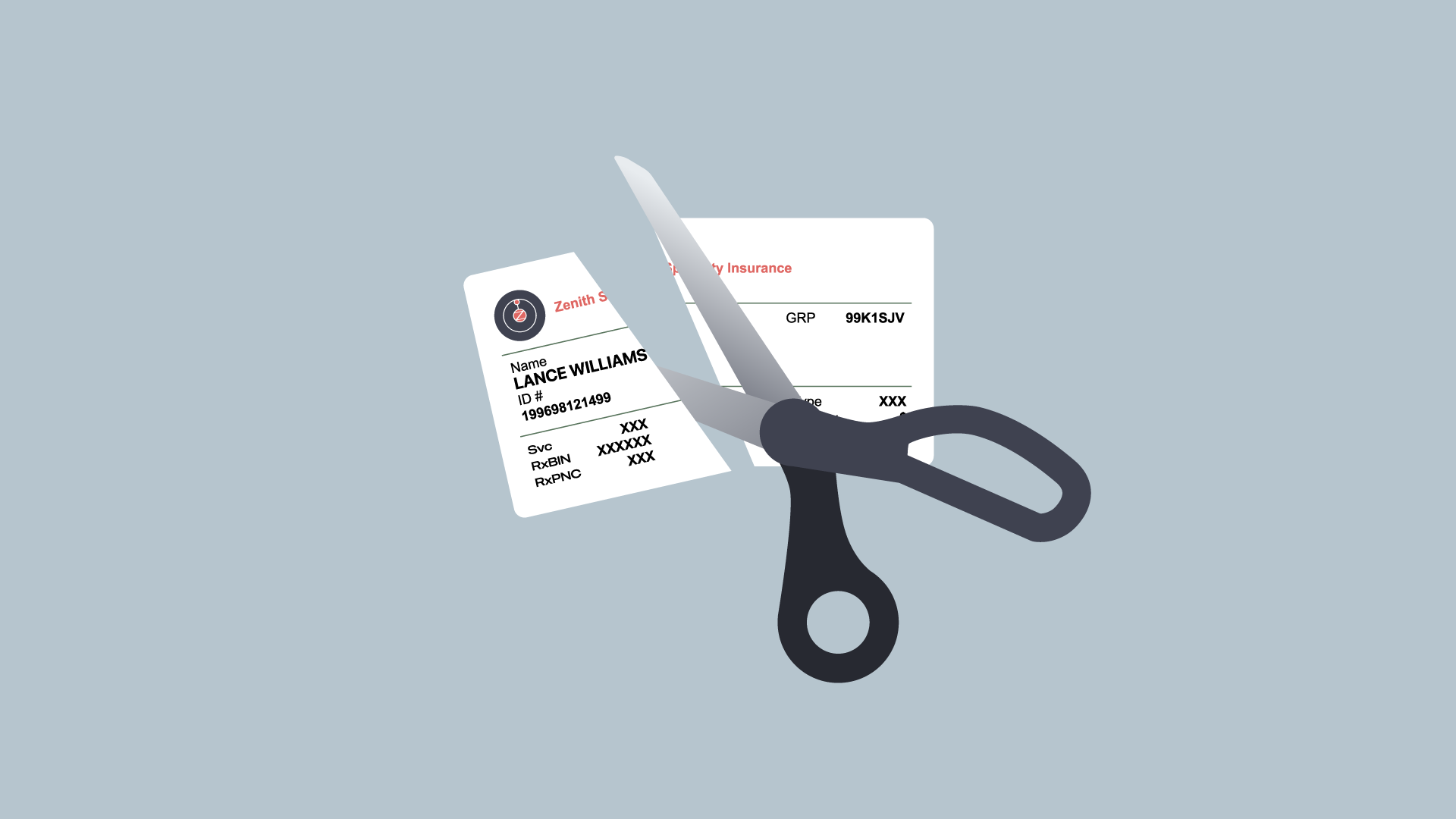Healthcare access is still a critical issue for millions of Americans, with a significant number of citizens lacking health insurance. FQHCs play a crucial role in providing healthcare to underserved populations, including uninsured patients across the US. Marketing to uninsured patients is not just a strategic move, but a mission-driven prerequisite for improving the health outcomes of local communities.
But how do you approach this target audience, and, more importantly, can it pay off to invest scarce marketing dollars into marketing to uninsured patients? Let’s explore effective strategies for marketing to uninsured patients and discover how your FQHC can leverage healthcare marketing to improve both financial and health outcomes for itself and its community.
Why It’s Important to Market to Uninsured Patients
Marketing to uninsured patients is crucial to FQHCs for a myriad of reasons from mission alignment to securing and maximizing funds. By reaching out to uninsured patients, FQHCs can improve community health outcomes, reduce healthcare disparities, and promote preventive care.
Here are the most important reasons why FQHCs should market to uninsured patients to build lasting trust and foster a healthier community:
- Mission Alignment: As FQHCs’ main purpose is to provide comprehensive healthcare to underserved communities, marketing to uninsured patients helps ensure equitable access to healthcare.
- Improving Community Health: Uninsured patients often delay or forgo necessary medical appointments due to the costs, so encouraging preventive care and early treatment through effective marketing campaigns can help improve health outcomes in the community and reduce the incidence of chronic diseases.
- Addressing Health Disparities: Marketing to the most vulnerable populations, including low-income families, minorities, and immigrants, and informing them about available healthcare services can help address health disparities and promote health equity.
- Increasing Patient Volume and Financial Sustainability: Higher patient volume can lead to increased funding opportunities through grants and reimbursements, which are often based on the patient volume and range of healthcare services.
- Enhancing Patient Education: Many uninsured patients may not be aware of the affordable healthcare options, so educational FQHC marketing that includes sliding fee scales can help inform and attract more patients from this demographic.
- Promoting Preventive Care: Marketing preventive services, such as screenings and vaccinations, can help mitigate long-term health problems and reduce overall healthcare costs for uninsured patients.
- Supporting Public Health Initiatives: Marketing to uninsured patients supports broader public health initiatives by ensuring that all community members have access to essential healthcare services, enhancing the overall health and resilience of the community.
- Focusing on Comprehensive Care Models: Marketing comprehensive healthcare models that FQHCs provide to uninsured patients can improve holistic health outcomes and demonstrate the value of integrated care systems.
- Understanding Your Audience
Understanding Your Audience
Marketing to uninsured patients effectively begins with understanding who they are. Typically, uninsured patients belong to low-income groups, minorities, immigrants, and those employed in jobs without health benefits. These groups often face significant barriers to healthcare, including cost, lack of information, and distrust of the healthcare system.
To communicate and engage with uninsured patients, you need to segment this audience properly, understand their triggers and pain points, and recognize the specific healthcare needs and concerns they all share, such as affordable care, preventive services, and chronic disease management.
Building Trust and Awareness
Trust is the pillar of successful marketing to uninsured patients. Your FQHC can build trust through active community engagement and transparency: hosting community outreach events, such as health fairs and free screening days, can help raise awareness about the services your clinic offers.
Educational workshops and online campaigns on topics such as preventive care and managing chronic pain can encourage patients to seek help and provide more clarity and information while building credibility for your FQHC.
To further promote trust and credibility, turn to your satisfied patients for their testimonials: real-life stories of people from the community can be deeply relatable to potential uninsured patients and help build a sense of trust and support.
Effective Communication Strategies
Clear and effective communication is essential in any marketing campaign, and so it goes for marketing to uninsured patients: simplified messaging, free of medical jargon, ensures that the information is accessible to everyone.
Focusing on multilingual content is also worth considering, given the diverse backgrounds of uninsured patients. Creating content in multiple languages can help reach a broader audience and make them feel valued and understood.
Leveraging Digital Channels: Social Media and Online Reviews
 Healthcare marketing is in its digital era, yet many practices seem to haven’t got the notice. Leveraging digital channels to reach and engage with uninsured patients must be a part of your strategy, and since the field is not yet saturated for the aforementioned reasons, a smart digital approach can grant you visibility and help you establish leadership faster.
Healthcare marketing is in its digital era, yet many practices seem to haven’t got the notice. Leveraging digital channels to reach and engage with uninsured patients must be a part of your strategy, and since the field is not yet saturated for the aforementioned reasons, a smart digital approach can grant you visibility and help you establish leadership faster.
Social media platforms and online reviews should be your main pillars in marketing to uninsured patients and enhancing outreach efforts.
Social Media Engagement
Social media platforms like Instagram, TikTok, and Facebook are powerful tools for engaging with uninsured patients. These platforms allow your FQHC to share valuable content that features details about free clinics in an unofficial, fun way, share health tips, simplify the process of receiving care without insurance, and promote preventive care services.
Using popular formats such as short videos (known as shorts), hopping on to TikTok trends, hosting live Q&A sessions, and streaming community events are all effective ways to address concerns, provide real-time information, and build a trustworthy foundation with this demographic.
Social media advertising, particularly targeted ads, can reach specific demographics that are more likely to be uninsured. By tailoring these ads to relate to this audience’s age, location, and health concerns, your FQHC can ensure its messaging reaches the right audience.
Online Reviews and Reputation Management
Online reviews take on a leading role in building trust with potential patients. Encouraging satisfied patients to leave positive reviews on Google Business Profile, Apple Business Connect, Yelp, Healthgrades, and other relevant local listings will significantly improve your FQHC’s online reputation and visibility. To streamline this process and increase the number of reviews and your overall rating, consider automating review requests with convenient healthcare marketing tools.
Managing online reviews is equally important: responding timely and with respect to PHI will show your clinic’s commitment to patient satisfaction, feedback-based improvement, and transparency. While positive reviews can reassure potential patients about the quality of care and the simplicity of processes, addressing negative feedback constructively can also help improve services and patient experiences.
Collaborating with Community Organizations
Partnerships with local organizations, such as schools, local businesses, and non-profit organizations allow FQHCs to tap into existing community networks, gain more support and visibility, enhance marketing efforts, and reach uninsured patients more effectively.
Consider setting up referral programs with relevant organizations that can direct uninsured people in need of healthcare to your FQHC, ensuring that more people are aware of access to care and available healthcare services.
Participating in local events and supporting community activities is another way to raise awareness about your FQHC. These events are an organic opportunity to engage with the community, share promo materials that can be both informative and interesting (such as a cool gadget with a QR code that takes people to your website!), and showcase the comprehensive services provided within your FQHC.
Promoting Financial Assistance Programs
The crucial barrier for uninsured patients is the cost of care. You can address this by highlighting and promoting your sliding fee scale programs and reassuring patients that they’ll receive the care they need at a price they can actually afford.
Assisting patients in enrolling in government programs such as Medicaid can help your FQHC position itself as an advocate and guide in navigating these, often bureaucratically complex, systems. Promoting all charitable care programs or financial assistance initiatives you offer can help attract uninsured patients who might otherwise decide to give up on necessary care.
 Measuring and Improving Your Efforts
Measuring and Improving Your Efforts
To ensure your marketing strategies are effective and your scarce marketing dollars are wisely invested, you need to collect and analyze performance data in a HIPAA-compliant way, including demographics, engagement, health outcomes, campaign ROI, patient acquisition cost, and conversion rates. This information will provide you with valuable insights into which strategies are working well and how you can further improve them for a stronger impact.
While it is challenging to track and measure these activities while maintaining compliance, healthcare-specific healthcare marketing tools can help you achieve these goals and streamline reporting and analytics.
Regularly seeking feedback from existing patients through patient surveys and patient-reported outcomes can also help you refine your marketing approach and improve service delivery.
Remember: continuous improvement is key to successful marketing. Regular data review and campaign optimization will ensure you remain responsive to your audience’s needs.
Taking Advantage of Healthcare Marketing Technology
Marketing to uninsured patients is not just a mission alignment move, it’s also a strategic imperative for improving public health and securing the sustainability of your FQHC. You can make a significant impact by truly understanding the unique needs of uninsured patients, building trust through community engagement, effective communication through online and offline channels, and local collaboration.
SocialClimb’s comprehensive healthcare marketing platform can help you streamline and automate all the strategies for marketing to uninsured patients at an affordable cost: with a wide array of features, including reputation management, predictive targeting in healthcare, patient surveys, HIPAA-compliant reporting and integrations, this platform allows you to diversify your patient mix, decrease patient acquisition cost, and gain more visibility with your target demographic while ensuring financial security and tangible healthcare marketing ROI.
Relying on digital platforms to streamline, measure, and improve your marketing efforts will help your FQHC remain effective, responsive, and relevant while ensuring everyone in your community has access to the healthcare they need and deserve.











